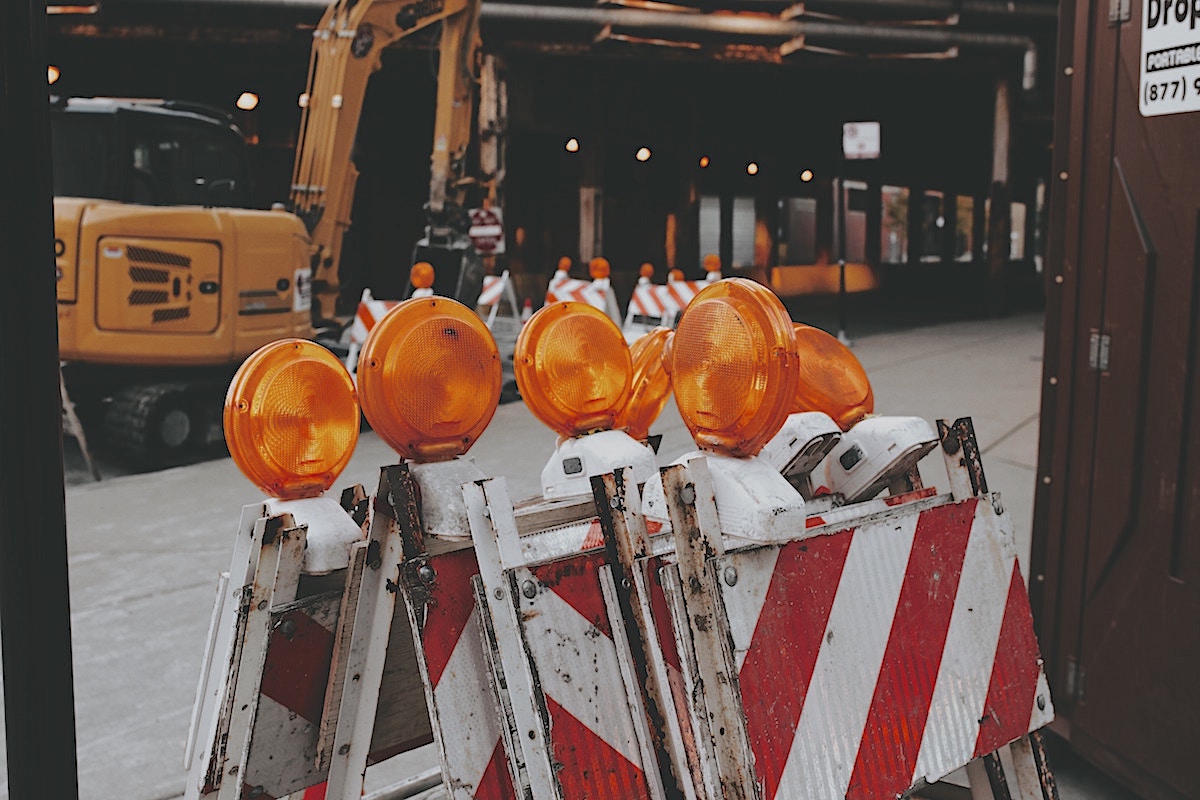As you might have heard by now, we are redesigning responsibledata.io, the website for the responsible data community! The redesign is funded by Stanford’s Philanthropy and Civil Society team, who brought together the Good Data Collaborative – including SIMLab, the Center for Democracy and Technology, and the Future of Privacy Forum – to identify gaps in resources that support civil society in practising responsible data. Check out SIMLab’s blogpost on their tool research.
What is the Responsible Data Forum?
The Responsible Data Forum (RDF) began in 2013 as a collaborative effort to develop useful tools and strategies for dealing with the ethical, security, and privacy challenges facing data-driven advocacy. Since then, a community has grown around the concept of responsible data. We’ve de-emphasised the ‘forum’ and focused more on what it means to be working on the topic, prioritising the rights of people described by the data we use, gather, and share in the non-profit sector.
Why redesign it?
When responsibledata.io was built in 2013, it was designed with very different needs in mind. For one, the community was smaller and centered around events. In the few years since the responsible data forum began, the mailing list has grown considerably — to over 600 people at the time of writing — and the needs of the community have shifted, too. In response, our role as a community steward has become much more focused around supporting and learning from responsible data leaders in the community, and facilitating a space for people to share ideas and learn from each other. We are thankful for the energy that so many have invested in the responsible data community, and we want to make sure that the new site reflects the diverse networks and perspectives that make the community vibrant.
Our goals for the redesign are as follows:
- to increase accessibility for visitors who are new to Responsible Data
- to reduce confusion around how to use and improve resources
- to highlight the mailing list and give guidance on how to leverage the collective
The potential of honest (and sometimes brutal) feedback
Now that we’ve concluded the user research phase, it’s a perfect time to share what we have been learning about the community. As with any design project, it is critical to understand the intended audience and their needs before jumping into development. Ruth Miller, a fantastic consultant we’ve worked with on projects like Alidade and our Library, led the charge as our UX researcher for this work.
We spent over a month talking with various types of people:
- The Engine Room staff and leadership
- Active ResponsibleData.io community members
- Potential ResponsibleData.io community members
- People working with large NGOs based in the Global North
- People working with small NGOs based in the Global South
- People that manage communities in this space
- People that are part of managed communities in this space
Before we began, we told each interviewee not to sugar coat any critique they may have — we knew that the platform wouldn’t improve without their honesty. As a result, the conversations were interesting and challenging, and gave us great opportunities for reflection on how we can best support the community moving forward.
If you’ve ever designed a website, you know that for every 5 users, you get 15 different opinions. In the case of responsibledata.io, some people love the red and black color palate, others find the blocks of red extremely aggressive. Some users prefer interacting on the mailing list, while others mention the in-person events as their sole interest in RDF. In short, there are many competing and contradictory interests within the responsible data community, and that can make design even more complex.
If you’ve ever designed a website, you know that for every 5 users, you get 15 different opinions.
In many ways, though, that diversity of opinion is what makes the community strong and able to deal with tricky responsible data topics. We strongly believe that a diverse and healthy community is necessary to give us all the very best chance to face those complex topics in the future, too.
Turning problems into opportunities since 2013
Designing a platform for a diverse community like RDF is a challenge, but it’s also an opportunity to engage with an incredible community of practitioners, and to get their take on the direction and needs of the community. At The Engine Room, we see user research as a time to reflect on the work that has been done and the work that still needs to be done. We know that the more perspectives we consider when designing the platform, the greater impact it will have. The redesign is not just about appealing to current community members, but imagining what the responsible data community could be.
Answers that lead to more questions
In the end, the user experience recommendations are vast and varied. Some suggestions can be implemented in the next month as we slide into the user experience design phase, others will require more resources to roll-out.
Here are three recommendations that we will prioritise:
- Greet all website visitors with a simple orientation to Responsible Data
- Collect all existing resources and organise them within the same space
- Prioritise timely and actionable content, not past events, in the content hierarchy
What’s next?
For the next 2 months, we will be putting these recommendations to the test, as we begin the UX and UI design phase of the work. We’ll be writing blog posts to document that process, as it continues to evolve.
Keep an eye on this space for further updates!

